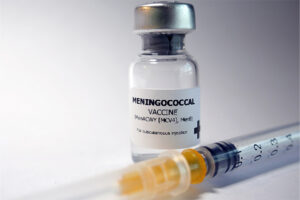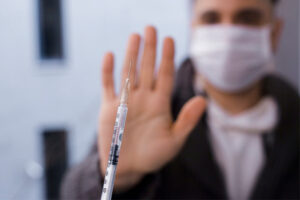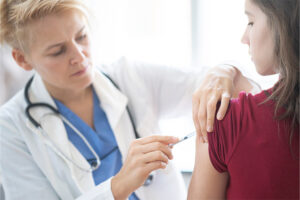Infectious Diseases
Adolescent Vaccinations
Timing and Sequencing of Adolescent Vaccinations
Adolescence is a period of heightened vulnerability to certain infections, including human papillomavirus (HPV) and meningococcal sepsis and meningitis. While vaccine prevention is available, it can be challenging to get adolescents into the office. Bundling vaccines—conceptually (talking about them as a “package adolescent deal”) and physically (giving all vaccines that are due on a given day)—can improve the likelihood that teenagers will receive the vaccines that they need as they enter adulthood.
World-renowned experts spend time evaluating all of the available data and, fortunately for us, codifying their insights in the form of “official” immunization recommendations. Each year, the Advisory Committee on Immunization Practices issues the routine Child and Adolescent Immunization Schedule, which is endorsed by the American Academy of Pediatrics and the American Academy of Family Physicians, among other groups. The schedule currently specifies that a tetanus, diphtheria, and pertussis (Tdap) vaccine should be given at age 11 to 12 years, and the HPV vaccine series can start at age 9 years. An early start for HPV vaccination is a good thing because it protects people sooner in life, and children have a better immune response to the vaccine when they are younger. Also, if you start HPV vaccination at age 9, you can address the benefits of the vaccine from a cancer prevention standpoint as opposed to introducing the concept of sexually transmitted diseases. Early initiation ensures that children are protected before they are ever exposed to HPV.
Health care providers need to determine how to implement the Advisory Committee on Immunization Practices schedule for their individual patients. To that end, the concept of vaccination bundling is important. This is when we present the vaccines as a package. So, when an 11-year-old patient is in the office, I will tell the parent, “Everything looks great. Your child is developing, growing up normally, and doing great in school. Today I’m going to be able to prevent whooping cough, meningitis, and various cancers in your child, so let’s get them their adolescent vaccines and get you on your way.” And that would be the recommended Tdap, meningococcal, and HPV vaccines, presented as a package. This is so important. Presenting the “adolescent vaccine package” is more effective than saying, “Today your child needs to get a Tdap vaccine, and we do recommend the meningococcal vaccine. Then we can talk about the HPV vaccine, if you want.”
If a parent is concerned about overwhelming their child’s immune system by giving too may vaccines at once, I will say something like the following:
What I’m proposing today is to give your child 3 shots: a Tdap vaccine, a meningococcal vaccine, and an HPV vaccine. This equates to approximately 20 or 30 separate antigens, which are the units that your immune system sees and responds to. When a child brushes their teeth in the morning, eats breakfast, uses the bathroom, and gets licked by the family dog, they’re already being exposed to many, many more antigens than is represented by this bundle of vaccines.
Giving multiple vaccines on the same day is not a problem and does not overwhelm the immune system. You do not even have to use different arms—just separate the injection sites by a couple of inches. Remember that for the meningococcal serogroup B (MenB) vaccines, you should use the same brand for the series.
From the patient and provider perspective, the more vaccines that we can combine in the same syringe, the better. We have many combination vaccines for infants, but we do not as yet have as many for adolescents. However, the US Food and Drug Administration just approved the first pentavalent (serogroups A, B, C, W, and Y) meningococcal vaccine, and I am sure that other combination vaccines will follow in the future.
When teenagers reach the age of 16 or 17 years, they are often playing sports, visiting college campuses, and keeping themselves very busy, and they may just stop coming to see their doctor. So, again, if you have a teenager in your office, give them all the vaccines that you can during that visit.
Alderfer J, Srivastava A, Isturiz R, et al. Concomitant administration of meningococcal vaccines with other vaccines in adolescents and adults: a review of available evidence. Hum Vaccin Immunother. 2019;15(9):2205-2216. doi:10.1080/21645515.2019.1581542
Child and adolescent immunization schedule by age. Recommendations for ages 18 years or younger, United States, 2023. Centers for Disease Control and Prevention. Updated April 27, 2023. Accessed October 27, 2023. https://www.cdc.gov/vaccines/schedules/hcp/imz/child-adolescent.html#note-dtap
Marshall GS. The Vaccine Handbook: A Practical Guide for Clinicians. 11th ed. Professional Communications Inc; 2022.
Mbaeyi SA, Bozio CH, Duffy J, et al. Meningococcal vaccination: recommendations of the Advisory Committee on Immunization Practices, United States, 2020. MMWR Recomm Rep. 2020;69(9):1-41. doi:10.15585/mmwr.rr6909a1











